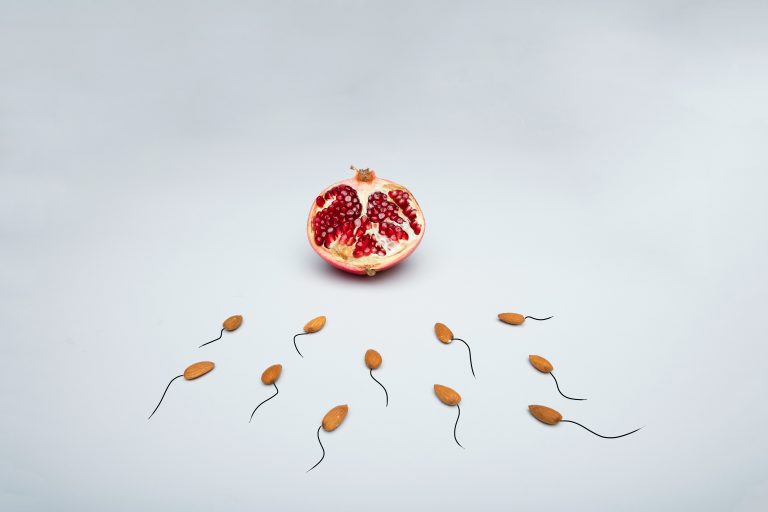

On New Year’s Eve, I found myself sat cross-legged on the floor of an enormous meditation hall, eating a simple meal in total silence with 500 strangers. The only noise was the collective scraping of knives and forks against the plates and bowls, peppered by the occasional cough.
I was at Plum Village in France, a Buddhist monastic community and mindfulness centre, on their New Year retreat. According to Plum Village’s founder, Thich Nhat Hanh, mindfulness is “a kind of energy that we generate when we bring our mind back to our body and get in touch with what is going on in the present moment, within us and around us. We become aware of our breathing and come home to our body, fully present for ourselves and whatever we are doing.”

The monks and nuns who live and work at Plum Village practice mindful eating with their retreat guests – which involves eating mindfully in silence, with no distractions, practicing gratitude for the food on the plate. At lunchtimes, the Five Contemplations before eating (see below) are read out, reminding everyone that food is “a gift of the Earth”, and to eat with “mindfulness and gratitude so as to be worthy to receive this food.”
As a Nutritional Therapist, I’m always preaching the physiological benefits of mindful eating – to help our digestive system work optimally – but this experience was truly eye-opening. Firstly I realised that I myself am very rarely present with my food. I have to admit to often being distracted during mealtimes by my phone, emails, TV, radio, the mental list of things ‘to do’ list that is constantly rotating around my head. Even if I don’t have a distraction, I’m desperate to finish eating so I can move onto the next task of my day (which I’m already in the process of completing in my head).
So what does mindful eating at Plum Village look like? Meals at Plum Village are a hotly-anticipated feature of the day, where everyone comes together. Guests and monastics queue up in silence to help themselves to the simple vegan food on offer – big trays and bowls of rice or noodles, seasonal vegetables and the occasional show-stopper like Vietnamese spring rolls. You then find a place on one of the communal tables, waiting for others to join you before eating slowly in silence, with no distractions.
The first few meals at Plum Village were a bit unsettling for me. Queuing up, I was impatient to get the food on my plate, slightly frustrated by how long it was taking some other guests to butter their bread. I greedily piled my bowl high, keen to get back to a table to taste the delicious-smelling food. My mouth was watering at the thought of it. Eating in silence with people around me was also an unfamiliar and sometimes uncomfortable experience – thoughts popped into my head, I didn’t know where to look, I felt awkward.
But after a few meals I relaxed into the mindful way of eating. I focused on the food in front of me, the flavours and textures of food, and thought of where it had come from. I found myself feeling connected to others around me, even though we weren’t talking. I realised that there really was no rush, so I tried to draw out the meal as long as possible, concentrating on chewing and pausing between mouthfuls. A few times I realised half way through a meal that I’d taken too much food – I felt uncomfortably full and I realised that eating so slowly meant I didn’t need as much food. I felt satisfied at the end of a meal – something that didn’t often happen at home, where I was left rummaging around for something else to eat after a meal.
Being at Plum Village was my first proper experience of truly mindful eating, and I’m convinced more than ever that this mindfulness is the foundation for a healthy diet, essential to achieve and maintain a positive relationship with food.
So here are some of the things I took away from my week at Plum Village:
01. Mindful eating is the gateway to mindfulness in general.
We might not have the time or inclination to meditate, but we all have to eat every day. Make sitting down at a table, eating slowly and with presence part of your daily routine and you might just find that you’re able to bring that mindfulness into the rest of your day.
02. We consume more than just food when we eat.
When we’re not eating mindfully, we consume everything around us – whether it’s toxic conversations, scenes of devastation and destruction on the news, perfectly preened images on social media, or our unchecked emotions. If we allow it to, we are ingesting all that when we eat – which can create a negative association with food.
03. Eating mindfully is so much more nourishing, for our body and mind.
When we eat each mouthful slowly and mindfully, we don’t need as much food, and we leave the table feeling satisfied and content. As Thich Nhat Hanh said “when we are fully there and alive for every morsel of food, we eat in a way that each bite fills us with peace and happiness. If we are full of this joy, we may find that we naturally feel satisfied with less food.”
04. Maybe we don’t need that snack.
Yes, sometimes we are genuinely hungry and might need a nourishing snack, but a lot of the time we snack or graze on food because we’re not being mindful. Initially I was worried about the lack of snacks at Plum Village (guests are advised to bring their own snacks if they feel they need them!) but I felt so satisfied by the meals that I didn’t feel that I needed a mid-morning or afternoon snack. And I didn’t even miss my beloved dark chocolate!
05. Food is joyful.
At Plum Village, mealtimes were something to look forward to and be celebrated. Even though the home-cooked food was incredibly simple, the smallest things were enough to spark joy and excitement – a small helping of kimchee made by one of the nuns, the creamy taste of tahini in porridge, some turmeric added to the rice, or the crispiness of the Vietnamese rolls we ate on New Year’s Eve. We are lucky to have more than enough – so it’s important to celebrate the simple pleasures of food.



You don’t need to be a monk or a nun to practice mindful eating. Just try sitting down at the table, leave your phone in another room, turn off the TV and the radio. Think about where your food comes from – the sun and rain that helped it grow, the farmers that worked hard to produce it, all the people that helped to bring it to your plate. Taste every bite. And enjoy!
The Five Contemplations before eating
- This food is a gift of the Earth, the sky, numerous living beings, and much hard and loving work.
- May we eat with mindfulness and gratitude so as to be worthy to receive this food.
- May we recognise and transform unwholesome mental formations, especially our greed, and learn to eat with moderation.
- May we keep our compassion alive by eating in such a way that reduces the suffering of living beings, stops contributing to climate change, and heals and preserves our precious planet.
- We accept this food so that we may nurture our brotherhood and sisterhood, build our community, and nourish our ideal of serving all living beings.
Want to learn more about mindful eating? I highly recommend Thich Nhat Hanh’s book ‘How to Eat’.





